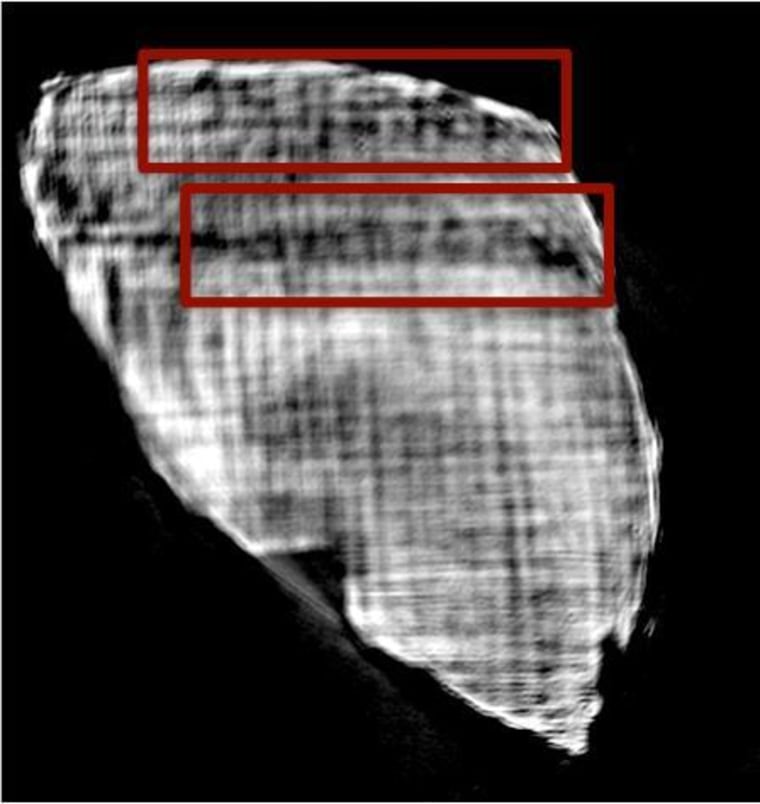Hundreds of ancient papyrus scrolls that were buried nearly 2,000 years ago after the eruption of Mount Vesuvius could finally be read, thanks to a new technique.
The X-ray-based method can be used to decipher the charred, damaged texts that were found in the ancient town of Herculaneum without having to unroll them, which could damage them beyond repair, scientists say.
One problem with previous attempts to use X-rays to read the scrolls was that the ancient writers used a carbon-based material from smoke in their ink, said study co-author Vito Mocella, a physicist at the National Research Council in Naples, Italy.
"The papyri have been burnt, so there is not a huge difference between the paper and the ink," Mocella told Live Science. That made it impossible to decipher the words written in the documents.
If the new method works, it could be used to reveal the secrets of one of the few intact libraries from antiquity, the researchers said. [See How the New X-ray Method Works]

Both the Roman city of Pompeii and the nearby, wealthy seaside town of Herculaneum were wiped out when Mount Vesuvius erupted in A.D. 79, killing thousands of people and covering fine villas in ash and lava.
In the 1750s, workers uncovered a library in a villa thought to be the home of a Roman statesman. The site, known as the Villa of the Papyri, contained nearly 2,000 ancient papyrus scrolls that had been charred by the volcanic heat.
Since then, historians have tried many ingenious (and some not-so-ingenious) methods for reading the damaged scrolls.
The new technique was described today (Jan. 20) in the journal Nature Communications.
— Tia Ghose, Live Science
This is a condensed version of a report from Live Science. Read the full report. Follow Tia Ghose on Twitter and Google+. Follow Live Science@livescience, Facebook & Google+.